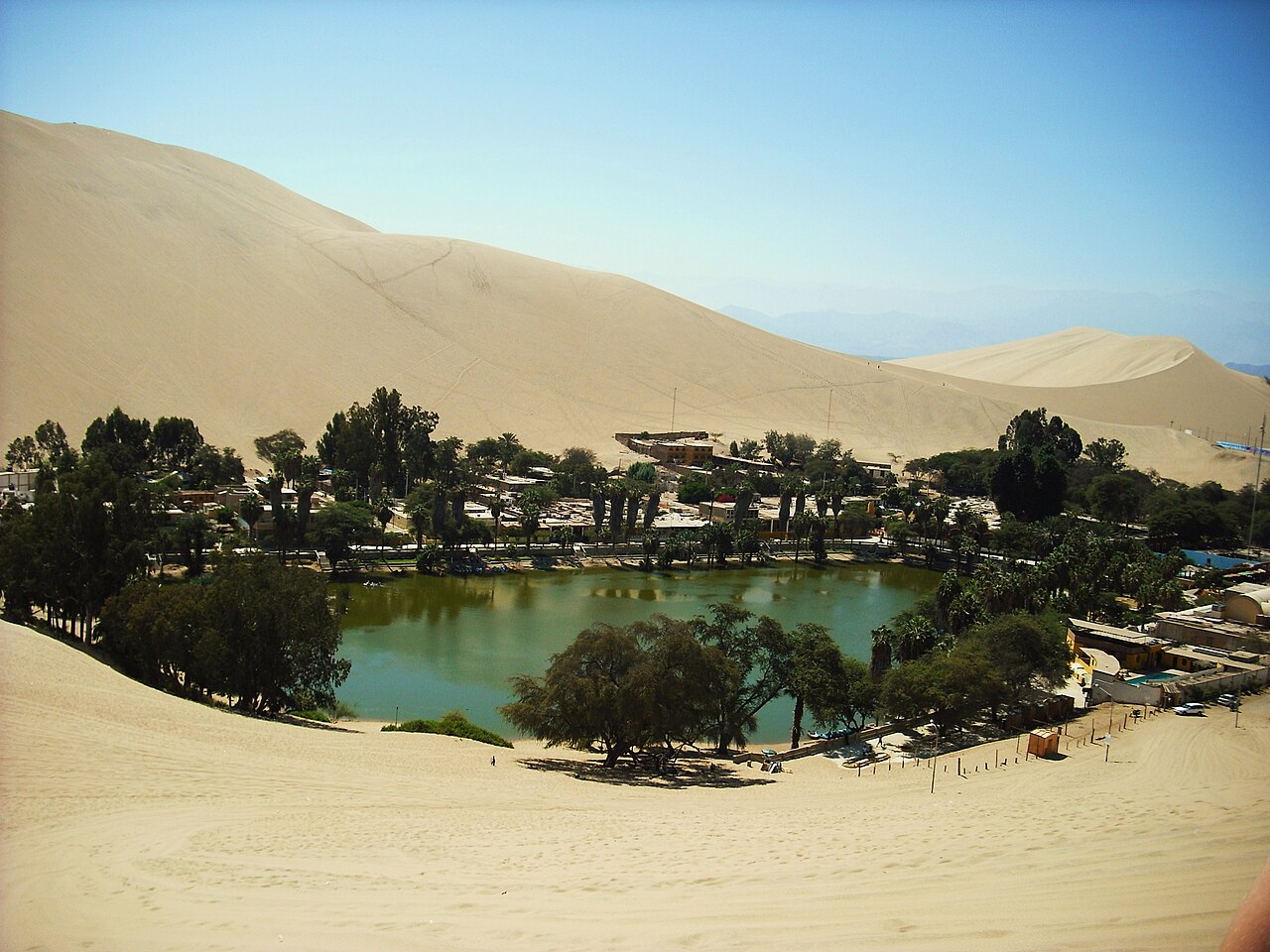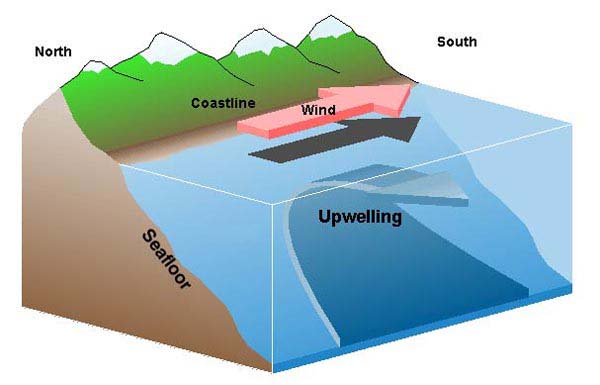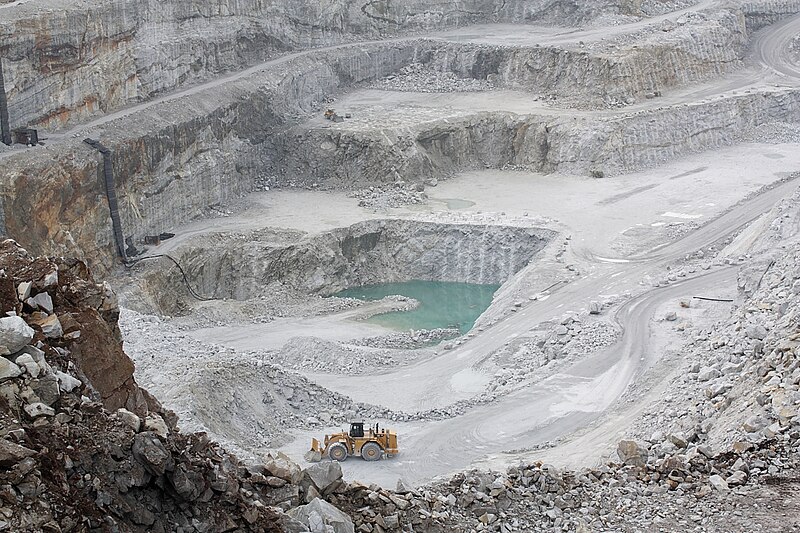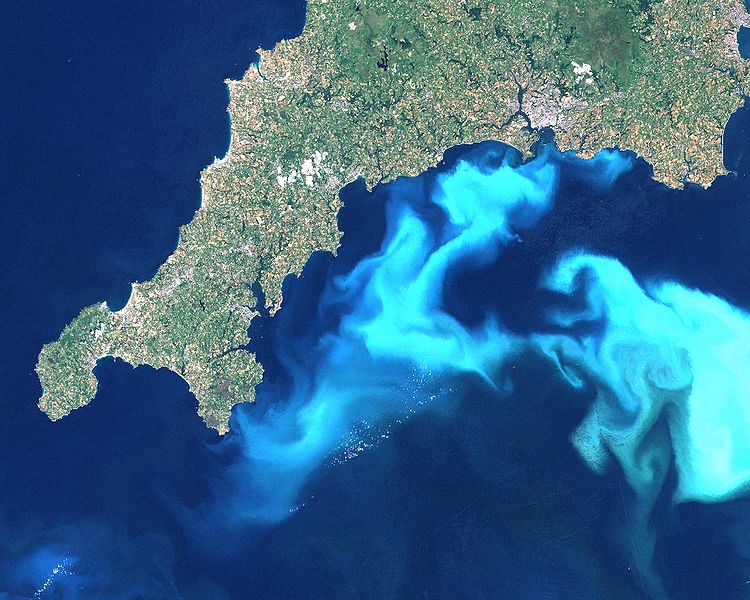Phytoplankton bloom off the coast of France. Image: NASA
Image: Nature
And that’s probably a good thing. A new paper published in Nature Communications, researchers from Germany’s GEOMAR ocean research center take us through the potential implications of the five most popular climate engineering tactics, and it isn’t pretty.“We find that even when applied continuously and at scales as large as currently deemed possible, all methods are, individually, either relatively ineffective with limited warming reductions, or they have potentially severe side effects that cannot be stopped without causing rapid climate change,” lead author David Keller wrote. “Our simulations suggest that the potential for these types of climate engineering to make up for failed mitigation may be very limited.”None of the methods are without flaws, and most of their potential side effects are pretty terrifying. And remember, once geoengineering has begun, we’re pretty much stuck with it.Solar Radiation Management
Mount Pinatubo is often cited as one of the inspirations for SRM. Image: Wikimedia Commons
What is it? Reflecting the sun’s rays back into outer space. It’s probably the most commonly-suggested method of climate engineering and also the most famous. It can be accomplished by injecting the atmosphere with reflective aerosols for just a couple billion dollars. Extensive cloud seeding, to spur additional global cloud cover, might also work.Why? It’s very, very fast. One scientist suggests that if we stop just 0.5 percent of the sun’s rays, we could recover the entire extent of Arctic sea ice that has been lost. There's sort of a precedent, too: When Mount Pinatubo erupted in the Philippines in 1991, it spewed a bunch of sulfur dioxide in the air that caused global temperatures to drop one degree between 1991 and 1993.Why shouldn’t we do it? It’s very, very fast. We could very easily turn down the sun too much, which could plunge us into another ice age. It does nothing to reduce carbon; it’s essentially a climate change band-aid. Also, according to Keller, “if SRM is discontinued at any time, then extremely rapid warming occurs, along with an increased rate of atmospheric CO2 accumulation,” because in the meantime, we would have probably done nothing to reduce emissions. Side effects include altered precipitation patterns, a reduction in ocean deoxygenation, and the whole carbon cycle is thrown off. It could also theoretically be done by a single rogue country or a really rich person.Afforestation
What is it? Irrigating the deserts to turn them into green spacesWhy? We’d create more trees, which would theoretically capture more carbon.Why shouldn’t we do it? The deserts already have some of the best albedo—or reflecting power—of any ecosystem in the world. Planting a whole bunch of trees would actually increase temperatures near these areas and, potentially, globally. It’d increase local rainfall, leading to all sorts of changes, and could reduce ocean salinity on coastlines because of the new rain. Desert sands wouldn’t be blown all around, which can have worldwide impacts: “this dust contains iron and other nutrients that are known to fertilize the ocean and distant forests such as the Amazon.It is possible that productivity in these regions could decrease,” according to the paper. It also can’t be stopped without some ramifications: “When AF is discontinued by stopping irrigation, the afforested desert regions eventually return to a desert state and the carbon that was stored in the plant biomass and soil is slowly returned to the atmosphere through decay and respiration,” Keller wrote.Artificial Ocean Upwelling
This, but with pipes. Image: NOAA
Ocean Alkalization
Mining lime would cause a whole host of additional environmental problems. Image: Thomas Bjorkan/Wikimedia Commons
Ocean Iron Fertilization
Phytoplankton blooms can be visible from space. Image: NASA
What is it? Dumping a whole lot of iron into the ocean.Why would we do it? To spur phytoplankton blooms, which would theoretically increase ocean productivity and allow the ocean to store more CO2.Why shouldn’t we do it? For similar reasons as ocean upwelling: It might increase marine productivity in some areas, but it will also screw with it in others. It also increased ocean deoxygenation in certain areas and will immediately be reversed if it’s ever stopped. It's possible that the new phytoplankton would starve out other microorganisms.Of course, we might reach a point where it's necessary to do some of this stuff, side effects be damned. The paper "does not show that the side effects of geoengineering would be worse than the effects of unmoderated climate change," John Shepherd, a researcher at the University of Southampton said. Let's hope we take some prevention measures and it never gets to that.




